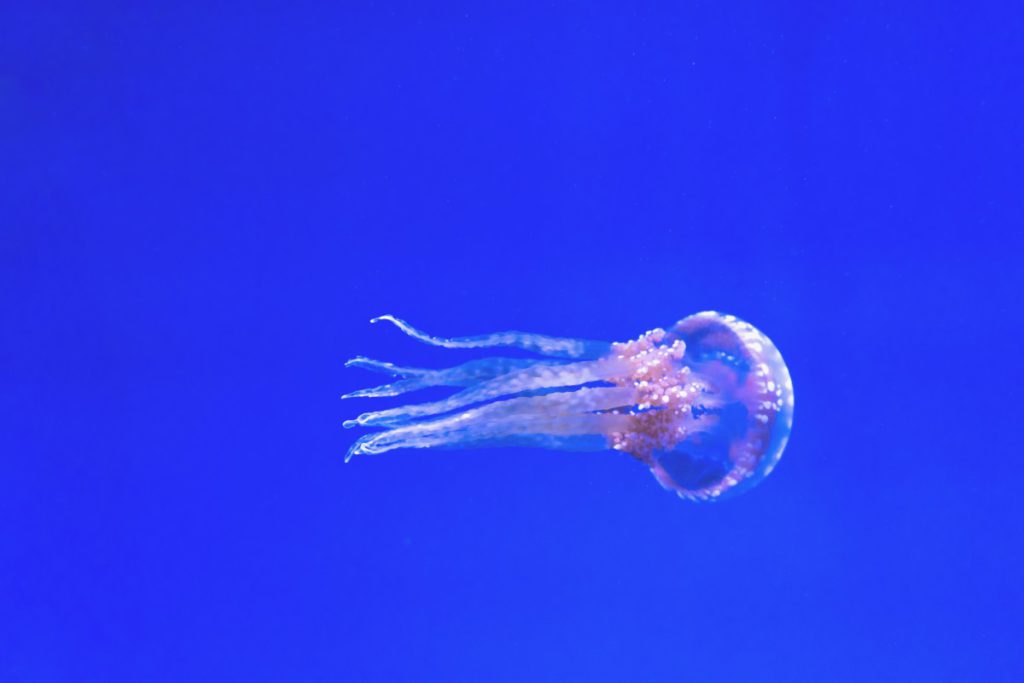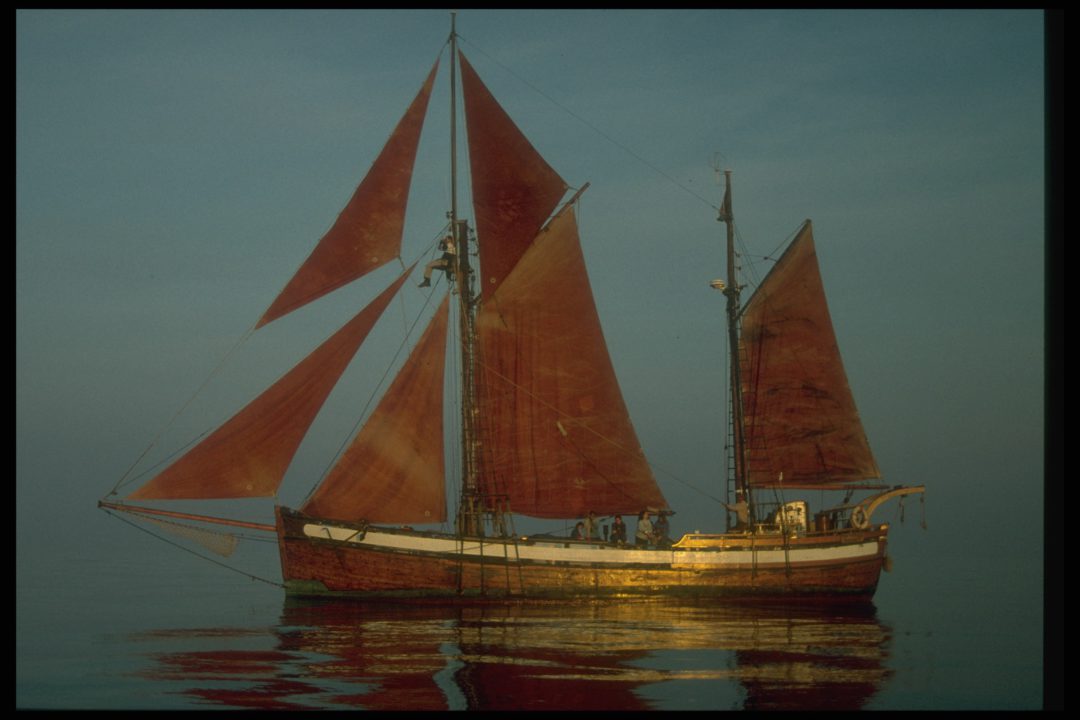
Project description
The MARCET Project ( MAC / 1.1b / 149 ), just completed last October of this year 2019, was born with the aim of transferring and disseminating cutting-edge science and technologies to promote the sustainable development of tourist activity associated with sightings. of cetaceans, through the creation and implementation of the MARCET Network, an interregional and multidisciplinary network that brings together specialist centers in monitoring and health monitoring of cetaceans and in operational oceanography, with the aim of integrating, harmonizing and optimizing knowledge, infrastructures and good practices in the region.
Thanks to the tool that is already created by the MARCET Network, the harmonization of work protocols and their integration to protect and conserve the cetacean populations of Macaronesia from a multidisciplinary point of view, and the knowledge acquired on the current situation of the tourism sector Associated with the activity of observing these species in the region, this new initiative was born, the MARCET II Project, with the aim of increasing the valorization of said activity as a model of sustainable economic development in the Macaronesian archipelagos (Azores, Madeira, Canarias and Cape Verde), thus enhancing the ecotourism market niche that this activity represents, and, at the same time, establishing sustainability criteria applied to resident cetacean species that serve as tourist attractions.
For this, this new Project is technically structured around three specific objectives, the first (OE1), considered key for the establishment of ecological and environmental sustainability criteria, integrates the use of advanced operational oceanography techniques, as well as monitoring and surveillance. health of cetaceans residing in marine protected areas and of special interest for carrying out said ecotourism activity in Macaronesia, using as main indicator species the bottlenose dolphin ( Tursiops truncatus ) and the pilot whale ( Globicephala macrorhynchus ), to assess risk factors of anthropic origin linked to these marine areas.
The other two objectives (SO2 and SO 3) are aimed at enhancing the value of cetaceans as natural heritage and as a differentiated economic resource of special importance for the associated ecotourism sector in the Macaronesian region. However, the achievement of this purpose is technically approached from two different perspectives, while SO2 focuses on the dissemination of the diversity of cetacean species existing in the region and on raising awareness about the importance of protecting and conserving the areas. marinas where they reside, SO3, focuses directly on strengthening the business activity of whale watching as a model of sustainable economic development in the Macaronesian region.
In short, the assessment of the impacts generated by human activities on specific marine areas through the ecological, sanitary and oceanographic studies proposed in the MARCET II Project, will help to implement actions aimed at the protection and conservation of groups of resident cetaceans. in these areas and, by extension, of the entire marine ecosystem on which they depend, but, above all, they will be useful to establish ways with which to build a model of sustainable economic development that guarantees a quality of life for all species that inhabit the Macaronesian region, including the human one.
OBJECTIVES
GENERAL
Promote whale watching ecotourism activity as a model of sustainable economic development through the protection and conservation of groups residing in marine protected areas of special interest for the activity, and its value as a natural heritage of Macaronesia.
SPECIFIC
Evaluate possible risk factors of anthropic origin that affect the conservation of groups of cetaceans residing in ZEC areas of interest for whale watching activity, using as indicator species the bottlenose dolphin ( truncatus ) and the pilot whale ( G. macrorhynchus ).
Geographical scope project intervention
Ut non enim eleifend felis pretium feugiat. Vivamus quis mi. Phasellus a est. Phasellus magna. In hac habitasse platea dictumst. Curabitur at lacus ac velit ornare lobortis. Curabitur a felis in nunc fringilla tristique. Morbi mattis ullamcorper velit. Phasellus gravida semper nisi. Nullam vel sem. Pellentesque libero tortor, tincidunt et, tincidunt eget, semper nec, quam. Sed hendrerit. Morbi ac felis. Nunc egestas, augue at pellentesque laoreet, felis eros vehicula leo, at malesuada velit leo quis pede. Donec interdum, metus et hendrerit aliquet, dolor diam sagittis ligula, eget egestas libero turpis vel mi. Nunc nulla. Fusce risus nisl, viverra et, tempor et, pretium in, sapien. Donec venenatis vulputate lorem. Morbi nec metus. Phasellus blandit leo ut odio. Maecenas ullamcorper, dui et placerat feugiat, eros pede varius nisi, condimentum viverra felis nunc et lorem. Sed magna.
ACTIVITIES
- Activity 2.1.1: Eco-sanitary study of groups of cetaceans, mainly bottlenose dolphins and pilot whales, resident in Macaronesia, and oceanographic study and anthropic use of the environment in reference to the marine areas where they reside.
- Activity 2.1.2: Integration of eco-sanitary, oceanographic and anthropic use data obtained to evaluate possible risk factors that affect the conservation of existing groups of cetaceans in Macaronesia.
- Activity 2.1.3: Promotion of scientific and administrative cooperation between the different actors related to the sanitary management of marine species in the region, as well as support in the creation and / or implementation of infrastructures for the sanitary surveillance of cetaceans and other marine species threatened.
- Specific Objective 2: Disseminate the natural heritage that the diversity of cetacean species in the region represents for Macaronesia, as well as raise awareness about the importance of protecting and conserving the marine areas where they reside.
- Activity 2.2.1: Development of adapted didactic material for whale watching companies and educational community on the natural heritage that represents for Macaronesia the diversity of cetacean species existing in the region, and the importance of protecting and conserving the marine areas where they reside .
- Activity 2.2.2: Carrying out information, dissemination and awareness campaigns in relation to the existing cetacean species in Macaronesia, as well as the importance of protecting and conserving the marine areas where they reside, aimed at both the local population and the visitor.
- Activity 2.2.3: Strengthening citizen science platforms, aimed at the general population, in order to disseminate the existing cetacean species in Macaronesia, collaborate in their monitoring and raise awareness about the importance of protecting and conserving marine areas where reside.
- Specific Objective 3: Promote the enhancement of the ecotourism activity of whale watching as a model of sustainable economic development in the Macaronesian region.
- Activity 2.3.1: Organization of knowledge transfer sessions aimed at increasing the sustainability from an economic and environmental point of view of the activity of observing cetaceans in Macaronesia.
- Activity 2.3.2: Strategic analysis of the ecotourism sector associated with the activity of cetacean observation aimed at the development, harmonization and strengthening of actions that increase the value of said activity, as well as the sustainability of the environmental resource on which it depends.
- Activity 2.3.3: Promotion of administrative, business and scientific cooperation between the different actors related to the tourist activity of whale watching in Macaronesia.
Fuente: Marcet-mac
